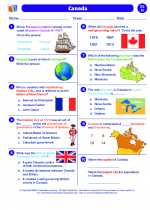Mixed Economy: Understanding the Concept
A mixed economy is an economic system that combines elements of both capitalism and socialism. In a mixed economy, the means of production are owned and controlled both by the private sector and the government. This system allows for a blend of free market principles and government intervention, aiming to provide both economic freedom and social welfare. It is characterized by a combination of private enterprise and government regulation or ownership of industries.
Key Features of a Mixed Economy:
- Private Ownership: Private individuals and businesses have the right to own and control their property and resources.
- Government Regulation: The government plays a role in regulating certain aspects of the economy to protect public interest and ensure fair competition.
- Public Goods and Services: The government provides essential services such as education, healthcare, and infrastructure.
- Redistribution of Wealth: Social welfare programs are implemented to address income inequality and provide assistance to those in need.
- Competition and Profit Motive: Market forces drive the allocation of resources, and businesses operate with the goal of making profits.
Advantages of a Mixed Economy:
- Ensures a degree of economic freedom and entrepreneurship.
- Provides a safety net through social welfare programs.
- Allows for government intervention to address market failures.
- Promotes a balance between private interests and public welfare.
Challenges of a Mixed Economy:
- Finding the right balance between state intervention and free markets.
- Potential for inefficiencies due to government bureaucracy.
- Complexity in decision-making processes involving public and private sectors.
- Risk of political influence impacting economic policies.
Study Guide: Mixed Economy
1. Define a mixed economy and explain its key features.
A mixed economy combines elements of capitalism and socialism, with both private and government ownership of resources. It involves private ownership, government regulation, provision of public goods and services, redistribution of wealth, and market-driven competition.
2. Discuss the advantages of a mixed economy.
Advantages include economic freedom, social welfare programs, government intervention to address market failures, and a balance between private interests and public welfare.
3. Identify the challenges associated with a mixed economy.
Challenges include finding the right balance between state intervention and free markets, potential inefficiencies due to bureaucracy, complexity in decision-making involving public and private sectors, and the risk of political influence on economic policies.
4. Provide examples of countries with mixed economies and analyze their economic systems.
Examples of countries with mixed economies include the United States, Canada, Germany, and Sweden. Students should research and compare the specific policies and practices that reflect the mixed economy nature of these countries.
5. Evaluate the role of government in a mixed economy.
Discuss the government's role in regulating markets, providing public goods and services, implementing social welfare programs, and addressing income inequality. Analyze the impact of government policies on business and society.
6. Compare and contrast a mixed economy with other economic systems.
Compare a mixed economy with capitalism, socialism, and traditional economies, highlighting the differences in ownership of resources, market dynamics, and government intervention. Discuss the pros and cons of each system.
.◂Social Studies Worksheets and Study Guides Eighth Grade. Canada
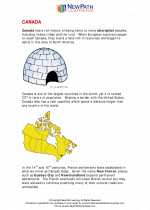
 Worksheet/Answer key
Worksheet/Answer key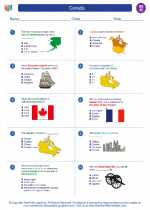
 Worksheet/Answer key
Worksheet/Answer key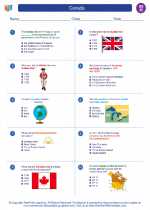
 Worksheet/Answer key
Worksheet/Answer key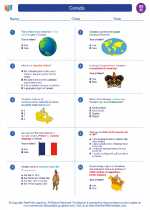
 Worksheet/Answer key
Worksheet/Answer key